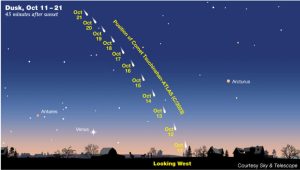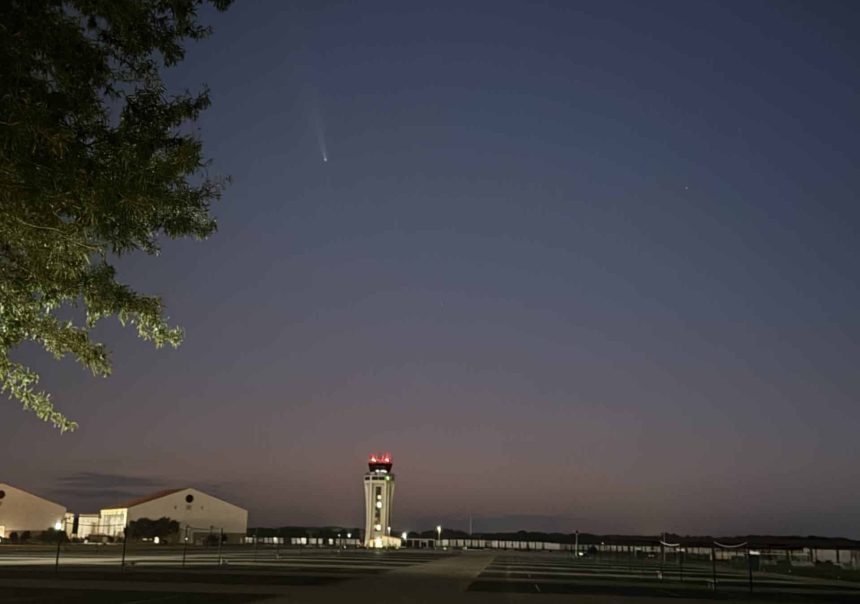Stargazers in Mississippi still have the rare opportunity to witness Comet Tsuchinshan-Atlas – also known as Comet A3 – lighting up the night sky this October. As the comet’s visibility begins to slowly wane, now is the time to catch the last glimpse of the remarkable event.
When can you see it?
To view Comet A3, look west approximately 15 to 45 minutes after sunset. For about 45 minutes each night, the comet has been a breathtaking sight against the evening sky. The last chance to see it with the naked eye is Friday, October 26.

Where should you look?
Positioned between the constellations Sagittarius and Scorpio, Comet A3 can be found roughly 10 degrees above the horizon. Additionally, it appears just below and to the right of Arcturus, a prominent giant red star located in the constellation Boötes. Viewing is possible from anywhere, but rural places where light pollution is less of a problem will enhance visibility.

What should you use?
While Comet A3 is visible to the naked eye for part of this week, binoculars or a small telescope can enhance the experience. To maintain your night vision, try to avoid bright lights before heading out.
How bright will it be?
At its peak, Comet A3 shone as brightly as the north star until October 16. However, as it moves farther away from Earth, its brightness is diminishing. The comet is expected to remain visible without optical aids for a portion of this week, but a good rule of thumb is the sooner you look, the easier Comet A3 will be to see.
When was the last time it was visible?
This sighting is particularly special as Comet A3 has not been seen for approximately 80,000 years, last appearing during the Ice Age. Don’t miss your chance to experience this extraordinary event in the night sky.







